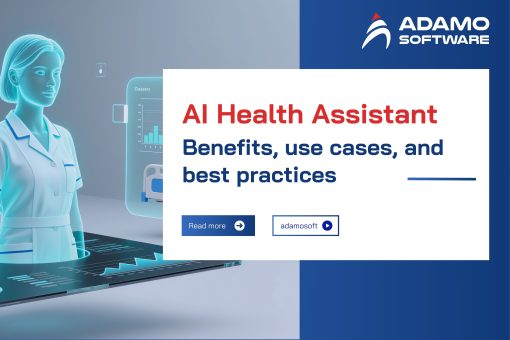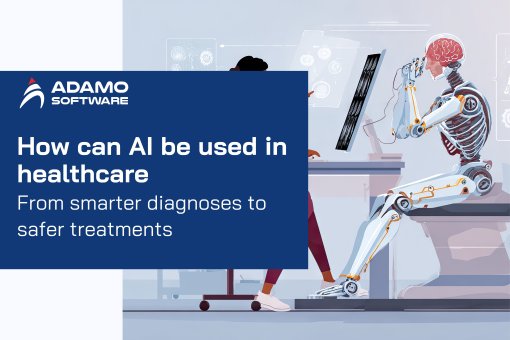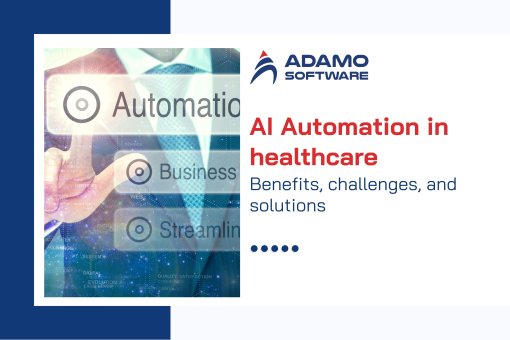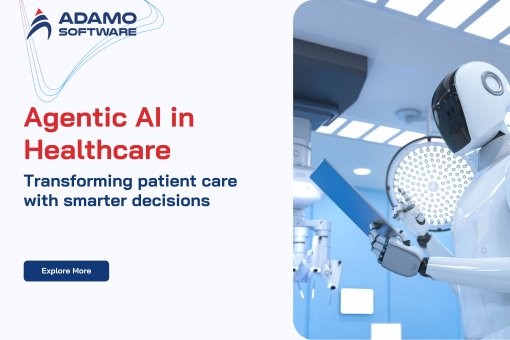Cost to build Custom Medical Software: Saving tips and case study
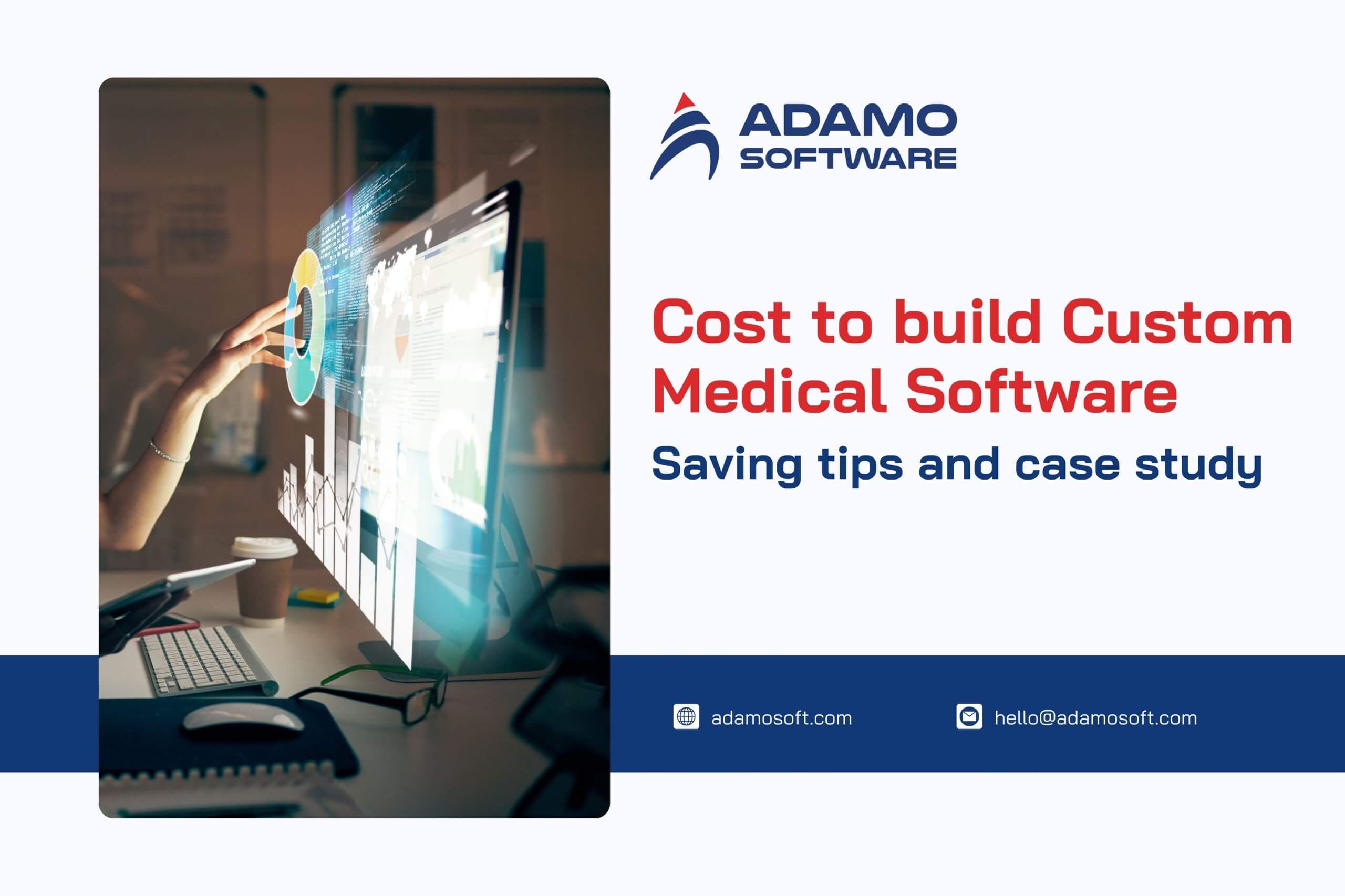
Discover the benefits of custom medical software, key cost factors & expert tips to optimize your budget.
In today’s fast-evolving healthcare industry, custom medical software development is no longer a luxury—it’s a necessity. Tailor-made solutions empower healthcare providers to improve efficiency, reduce errors, and deliver more personalized care to patients.
However, the question that often comes up in every project discussion is: How much will a custom medical software solution actually cost? It’s not just a matter of budget but also of long-term efficiency, scalability, and suitability to each unit’s specific processes. So, the answer isn’t one-size-fits-all. It depends on multiple factors—project scope, team structure, technology stack, and compliance requirements.
This article breaks down the essentials of custom medical software development, including:
- Key benefits of custom medical software and why more healthcare organizations are choosing it over off-the-shelf solutions
- The core cost drivers that impact development time and budget
- Practical tips to reduce costs without compromising on quality or security
- Real-world case studies to give you cost benchmarks and strategic insights
If you are considering developing your custom medical software, this article will be a comprehensive guide to help you make the right decision and optimize your costs.
I. Benefits of Custom Medical Software
Generic healthcare software doesn’t just fall short—it often creates more friction than it solves. In contrast, custom medical software empowers healthcare providers to deliver better care, reduce inefficiencies, and meet strict compliance standards. With tailored digital tools, hospitals and clinics can finally work smarter—not harder—in an increasingly complex, data-driven world.
Key benefits of custom medical software:
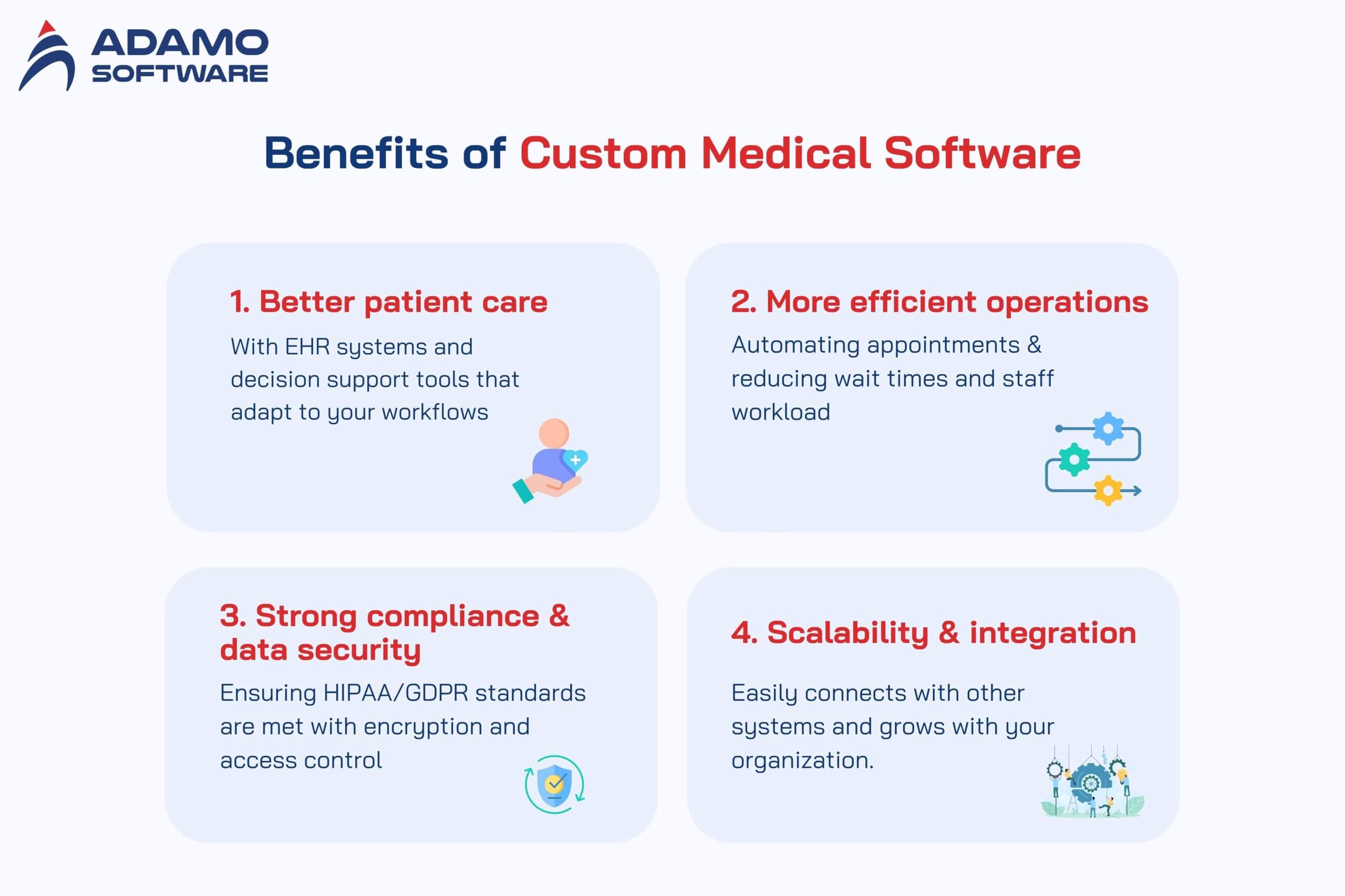
- Better patient care: With EHR systems and decision support tools that adapt to your workflows.
- More efficient operations: Automating appointments and reducing wait times and staff workload.
- Strong compliance & data security: Ensuring HIPAA/GDPR standards are met with encryption and access control.
- Scalability & integration: Easily connects with other systems and grows with your organization.
1. Enhancing Patient Care
Patient care is not just about doctors and nurses – it’s also about the entire operating system behind it. With medical software that is “tailored” to the needs of each facility, patient care can now be more accurate, faster, and more humane.
An obvious example is clinical decision support tools. Instead of having to look up each piece of information manually, doctors can be suggested treatment directions based on medical records, test results, and medical history. This helps reduce errors and shorten the time to handle complex cases.
In addition, custom-designed electronic medical records (EHR) management software will help the medical team quickly access patient information – anytime, anywhere within the hospital. No more having to search through paper records or wasting time transferring files back and forth between departments.
According to HIMSS Analytics, hospitals that apply EHR have recorded a significant reduction in medical errors, while the quality of treatment has been significantly improved.
2. Streamlining Operations and Increasing Efficiency
A hospital or clinic is not only a place for medical examination and treatment, but also a “business” that needs to operate smoothly. Customized software is a great assistant for reducing cumbersome processes and speeding up performance.
For example, a patient management system (PMS) can automate the process of registration, appointment scheduling, reminders, and even insurance information checking – all of which take place quickly and without requiring too many staff. Thanks to that, patients do not have to wait in long lines, and receptionists are less stressed.
Another big plus is that PMS can integrate payment management features, helping to track invoices, insurance, and transaction history – ensuring transparency and no loss.
According to Grand View Research, the global healthcare technology market is expected to grow at a CAGR of 15.8% from 2024 to 2030 – mainly due to the improved operational efficiency that custom solutions provide.
3. Compliance and Security
Information security and compliance are not just a priority in the healthcare industry – they are a requirement. Even one data breach can trigger significant repercussions—damaging patient trust, disrupting operations, and potentially resulting in regulatory penalties
Tailor-made healthcare software ensures compliance with standards such as HIPAA (US) or GDPR (Europe) from the start. Features such as data encryption, access control, and logs are built in – ensuring that only authorized personnel can access sensitive information.
Beyond protecting data, the system helps healthcare organizations demonstrate compliance during audits or independent reviews. In the long run, investing in security from the software platform helps avoid risks and creates sustainable trust with patients.
4. Scalability & integration
An effective medical software solution shouldn’t just meet your needs today—it should grow with you. With the right architecture in place, your platform can easily connect with EHRs, patient portals, billing tools, and third-party APIs without disrupting daily operations.
At the same time, a scalable backend ensures your system can handle increasing workloads, users, and data over time—so you’re not forced into expensive rebuilds later on. It’s about building for today while preparing for tomorrow.
II. Factors that affect cost of developing Custom Medical Software
The table below shows that the cost of hiring a custom medical software development partner varies greatly – from $20 to over $200 per hour, depending on the country and company.
| Company | Location | Average Price (per hour) |
| Adamo Software | Vietnam | $20 – $60 |
| Bitcot | USA | $50 – $150 |
| ScienceSoft | USA | $50 – $200 |
| Innowise | Poland | $50 – $100 |
| ELEKs | Ukraine | $45 – $80 |
| MindSea | Canada | $75 – $150 |
| Winning Health Technology | China | $30 – $70 |
So what makes this difference? Four key factors influence the cost of custom medical software development.
- Solution complexity: The more features, integrations, or specific processes, the higher the cost.
- The type of software you want to build, such as internal applications, multi-device platforms, or SaaS solutions, will have different prices.
- Compliance requirements: Software related to the medical and financial industries… needs to meet strict security standards, so it costs more to ensure legality.
- Development team: Building an in-house team, hiring freelancers, or cooperating with a software development company will significantly affect the budget.
1. Complexity
Development costs increase as the custom medical software becomes more complex. Each feature you want to add – such as tracking patient records and medical histories or integrating AI for diagnostic analysis – requires more time and effort to build.
Before talking to your software developer, prepare a list of features in order of priority. Classify what a “must-have” and “nice-to-have” is to help control costs better.
Ready to Outsource?
Get top-tier IT talent without the hassle. Contact us now!
2. Type of Software
Costs will vary depending on the kind of software you are aiming for. For example, if you want to integrate AI or machine learning, you will need a team with specialized skills, making the price significantly higher.
Additionally, if your app needs to run on both web and mobile (iOS, Android), development costs can double – unless you choose a hybrid solution. Each platform requires its technology and skills.
3. Regulatory Compliance
In the healthcare industry, security and compliance are indispensable. Software for the US market needs to be HIPAA compliant, while it is GDPR compliant in Europe. These requirements require software to have layers of security such as data encryption, access management, audit logs, etc.
Each additional measure to meet these regulations complicates the development process and results in higher costs.
4. Development Team
A custom medical software development team also directly affects the budget:
- Hire an in-house team: The most expensive option, suitable if you need a long-term team to maintain and develop continuously.
- Hire a freelancer: Cheaper, but high risk. Freelancers often lack expertise, making it difficult to guarantee or provide long-term support after handover.
- Cooperate with a professional software company: The optimal choice regarding cost and quality. You get a fully qualified team, with processes, maintenance support, and updates later.
III. Cost-Saving Tips for Custom Healthcare Software Development
Without a clear roadmap, custom medical software development can lead to unexpected costs and project inefficiencies. However, you can control your budget and optimize your investment performance with the following tips.
- Cut Your Budget in Half: Take advantage of open-source solutions or integrate existing APIs to reduce initial development costs.
- Utilize Iterative Development: Using an Agile approach to build software in small stages helps to control costs and easily adjust when needed.
- Avoid Scope Creep: Define project requirements and scope clearly, avoiding unplanned feature additions that cause additional costs.
- Utilize the Cloud: Hosting and operating systems on a cloud platform to reduce infrastructure, maintenance, and upgrade costs.
- Hire an Experienced Development Team: Choose a partner with experience in the healthcare industry to avoid costly mistakes and speed up product development.
You can explore more about Hospital Management Systems: Types, Key Features & Must-Know Insights here.
IV. Case studies of Custom Medical Software Development Project
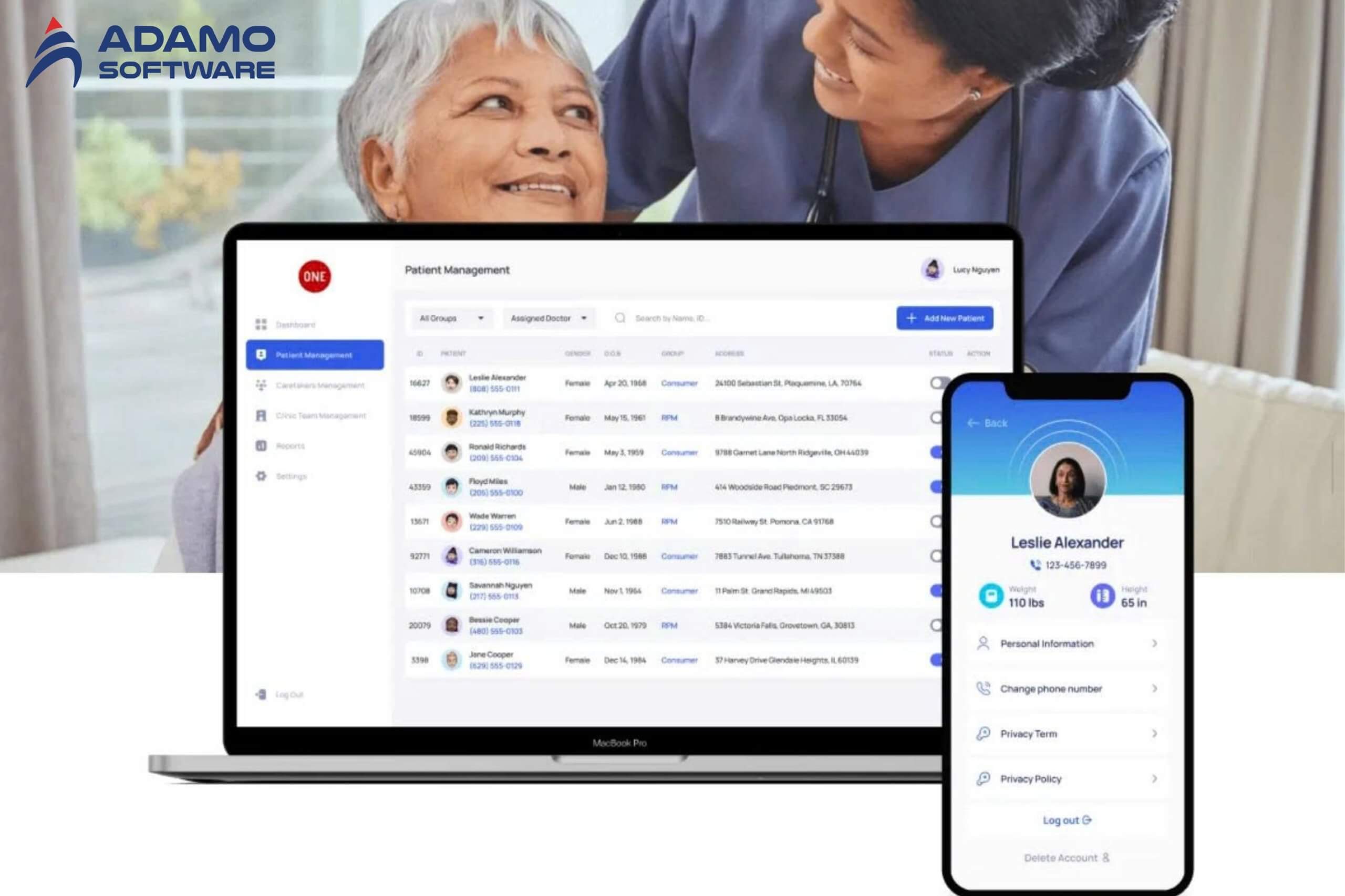
ONEai Health – Empower stroke survivors with effortless, real-time health monitoring
ONEai Health is a smart stroke risk monitoring platform designed to bring peace of mind to stroke survivors, caretakers, and medical professionals. In partnership with Adamo Software, the platform was developed to make stroke recovery and prevention as seamless as possible—leveraging wearables, data analytics, and intuitive interfaces.
For stroke survivors and their caregivers, consistency, simplicity, and clarity are critical. ONEai Health came to Adamo Software with a vision to:
– Create a user-friendly mobile app that displays complex health data in a simple, stress-free format.
– Seamlessly integrate smart wearable devices to collect vital signs without user input.
– Enable real-time health tracking and stroke risk evaluation
– Build a multi-interface platform that supports users with tailored functionality and data access.
What Adamo has done:
1. Simplified UX/UI for Post-Stroke Accessibility We prioritized ease of use in designing the mobile apps, ensuring that stroke survivors can effortlessly engage with the platform. The experience is touch-free: just wear the device, and the system does the rest.
2. Smart Integration with Wearables for Passive Monitoring Vital signs such as blood pressure, heart rate, oxygen saturation (PaO2), temperature, sleep, and activity are collected via connected wearables. These data points are automatically synced and analyzed, delivering a clear stroke risk score directly to the app.
3. Real-Time Health Insights, Delivered with Compassion By combining medical-grade technology with user-first design, ONEai Health enhances recovery, fosters connection, and supports timely medical response.
Tech stacks used: React Native, PHP
V. Conclusion
Healthcare software development is a strategic investment. With the global healthcare software market expected to surpass $80 billion by 2030, digital solutions are becoming the backbone of efficient and personalized healthcare. From improving patient outcomes to streamlining hospital operations, custom software delivers exceptional value to healthcare providers.

At Adamo Software, we have delivered over 40 healthcare solutions to clients across the US, Europe, and Asia-Pacific, from telemedicine platforms to electronic health records (EHR) systems. Our proven track record and deep expertise in the healthcare industry help our partners reduce development costs and accelerate time to market.
If you are looking to build a custom healthcare solution that is cost-effective and scalable, Adamo is your trusted development partner.
FAQs
1. What is custom healthcare software development?
It’s the process of building software specifically designed for the needs of a healthcare organization—to streamline operations, improve patient care, and enhance user experience.
2. Why is custom healthcare software essential?
Because it fits your needs, unlike off-the-shelf tools, custom solutions offer better security, smoother workflows, and tailored features for your team and patients.
3. What are the common challenges in custom healthcare software development?
Some key challenges include complex feature requirements, system integration, strict data regulations, and keeping the project on time and within budget.







